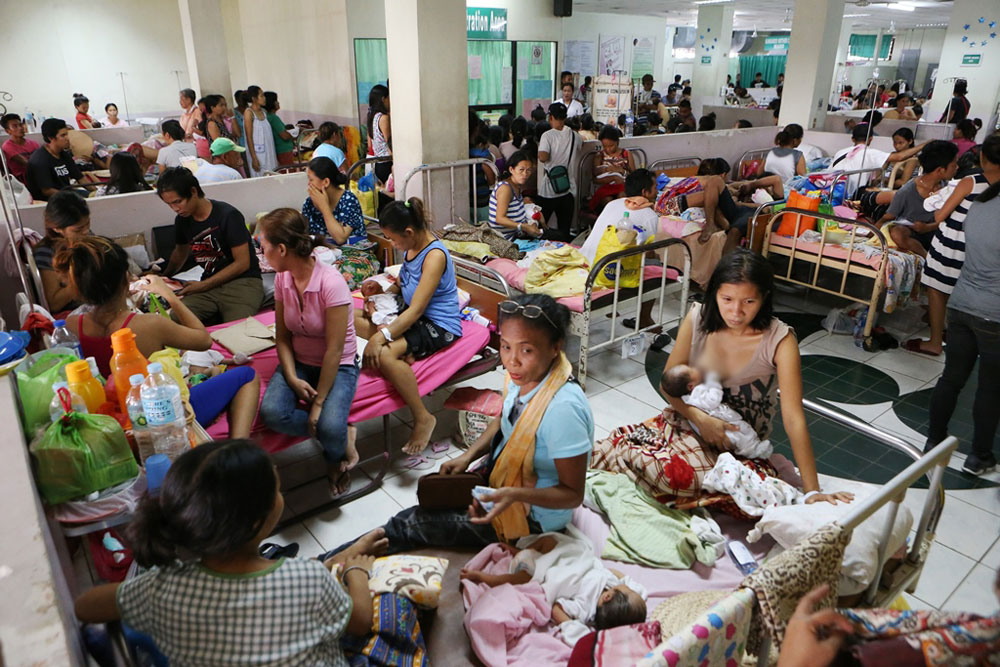As a developing country, the Philippines faces many challenges when it comes to providing healthcare services to its citizens. Despite efforts to improve the healthcare system, the Philippines still lags behind many other countries in terms of access to quality healthcare. In this article, we will explore the opportunities and challenges facing the healthcare system in the Philippines.
Current State of Healthcare in the Philippines
The healthcare system in the Philippines is a mixture of public and private services. The government provides healthcare services through the Philippine Health Insurance Corporation (PhilHealth), while private healthcare providers offer their services for a fee. Despite the availability of both public and private healthcare services, access to healthcare remains a challenge for many Filipinos.

One of the main challenges facing the healthcare system in the Philippines is the lack of healthcare infrastructure. Many rural areas do not have hospitals or clinics, and those that do often lack the necessary medical equipment and supplies. This makes it difficult for people in rural areas to access healthcare services, leading to a disparity in healthcare between urban and rural areas.
Opportunities for Improvement
Despite the challenges facing the healthcare system in the Philippines, there are several opportunities for improvement. One of the most significant opportunities is the implementation of telemedicine. Telemedicine allows healthcare providers to reach patients in remote areas through the use of technology. This can help bridge the gap in healthcare access between urban and rural areas.

Another opportunity for improvement is the development of healthcare tourism. The Philippines has a highly skilled healthcare workforce, and the cost of healthcare in the Philippines is relatively low compared to other countries. This makes the Philippines an attractive destination for medical tourism, which can bring in additional revenue for the healthcare industry.
Read: Philippines as a Medical Tourism Destination
Challenges to Address
To improve the healthcare system in the Philippines, several challenges must be addressed. One of the most pressing challenges is the need for more healthcare infrastructure in rural areas. This includes the construction of hospitals and clinics, as well as the provision of medical equipment and supplies.

Another challenge is the need to improve the quality of healthcare services in the Philippines. This includes ensuring that healthcare providers are adequately trained and that medical facilities are equipped with the necessary supplies and equipment. Additionally, the government needs to invest in research and development to improve healthcare outcomes in the country.
Read: Public hospital in Davao gets P184-M financial support from PAGCOR
Conclusion
In conclusion, the healthcare system in the Philippines faces many challenges, including a lack of healthcare infrastructure and a disparity in healthcare access between urban and rural areas. However, there are opportunities for improvement, such as the implementation of telemedicine and the development of healthcare tourism. To improve the healthcare system in the Philippines, it is essential to address the challenges facing the industry and invest in the development of healthcare infrastructure and the training of healthcare providers. With these efforts, the Philippines can provide better access to quality healthcare for its citizens.


